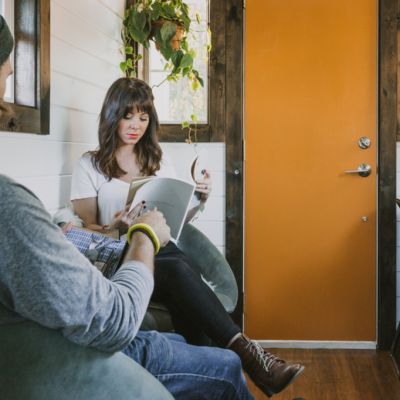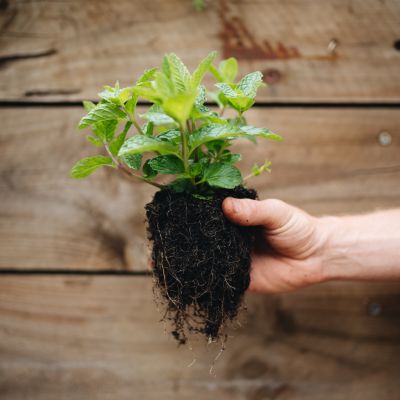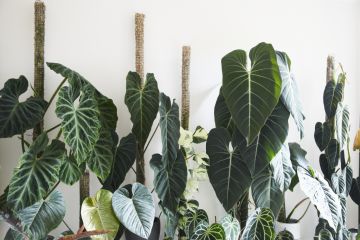How I learnt to let go and downsize at home
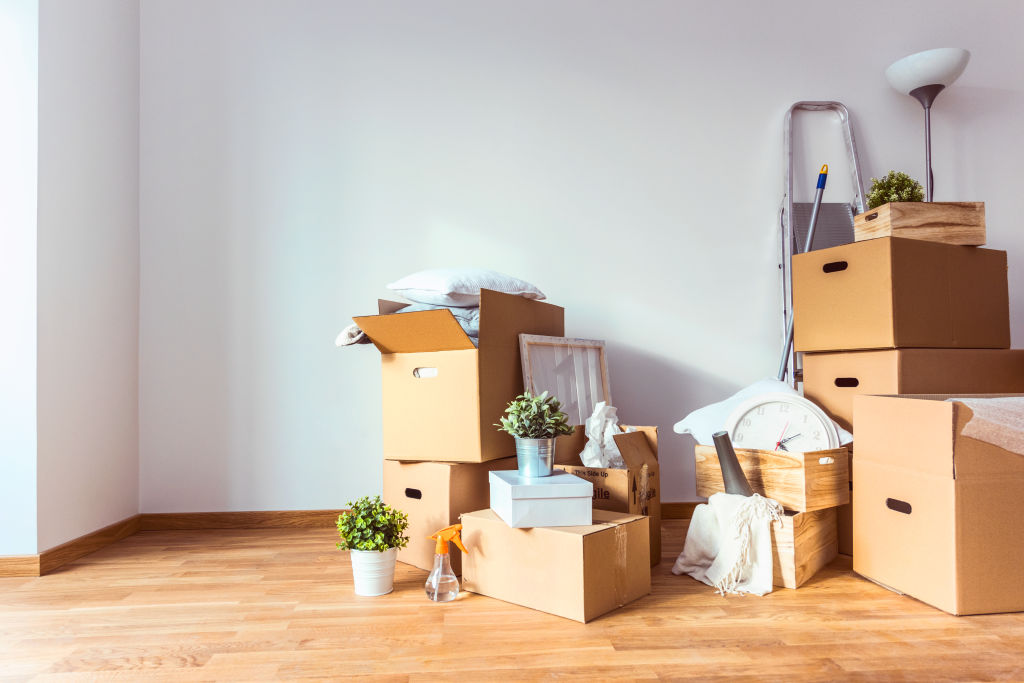
You accumulate a lot of stuff in half a lifetime. Furniture, clothes, more bedding than you think, invoices and receipts, souvenirs, niche appliances, cassettes, CDs and other technological relics, books.
You think you need all this stuff because, after all, didn’t you spend a lot of money acquiring it? Even if it’s dusty with disuse, isn’t there a chance that someday you’ll want it again?
So you keep the stuff, make more room for it, and put off any reckoning.
Moving from a regular house into a tiny house brought that reckoning forward for me. I learned that downsizing is a matter partly of changing habits of thinking, partly of practice makes perfect. Here’s some of what I discovered.
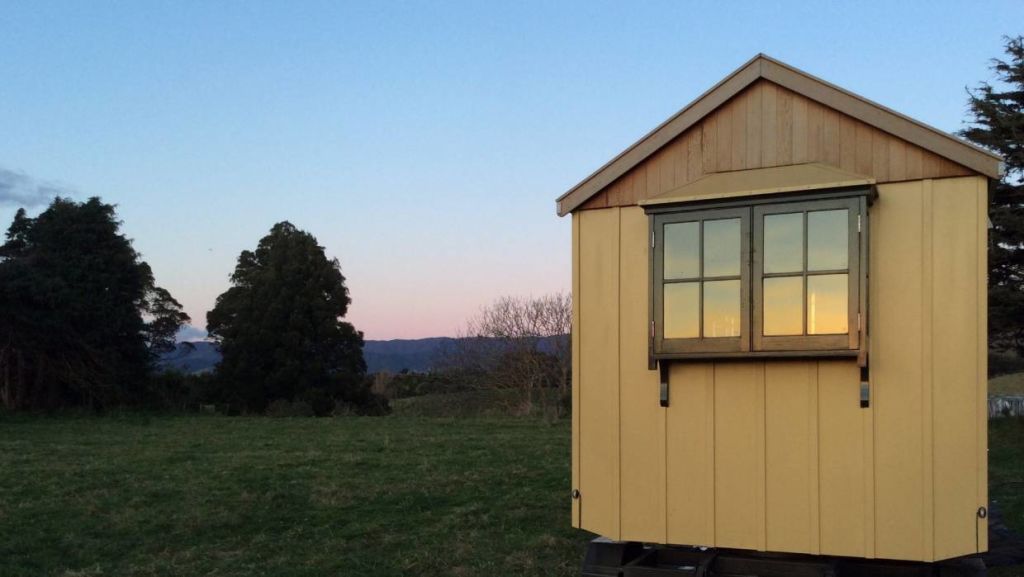
Learn to say goodbye
Our new tiny house was one-seventh the size of our previous house. So my husband Tom and I had to get rid of roughly six out of every seven possessions if we were to fit the new space.
The process was room by room, box by box. The study was my hardest task, sorting every piece of paper and every object into one of three cartons: Keep, Recycle, Dump.
What went into the Keep carton? Not much – usable stationery; a few photos; a couple of old university essays I wasn’t expecting to find.
Those days of downsizing were tiring for mind and body. I sat for hours on the study floor with podcasts playing, working my way through boxes, cases and files.

Some of the “stuff” was sellable. I discovered a small market for some memorabilia I’d held on to. There were also buyers for the childhood toys I’d been lugging around for decades – Matchbox cars, Tonka trucks and the like. One chipped and rusted tow-truck fetched $94. All up, I made more than $1000.
Unexpectedly, the sales allowed a touch of reverence in the downsizing. Photographing and writing a marketing blurb for, say, an old toy was a way of saying a fond goodbye to it, reducing any regret I might feel.
I realised that downsizing gets easier if you give yourself ways of saying goodbye to things.
If I found something – a photo, a document, a letter – that sparked a memory, I took a few seconds to experience the memory, have a smile or a wince, and then put the old item in the Dump box. I never just hurled things contemptuously into the trash, and I think this helped my downsizing mindset.
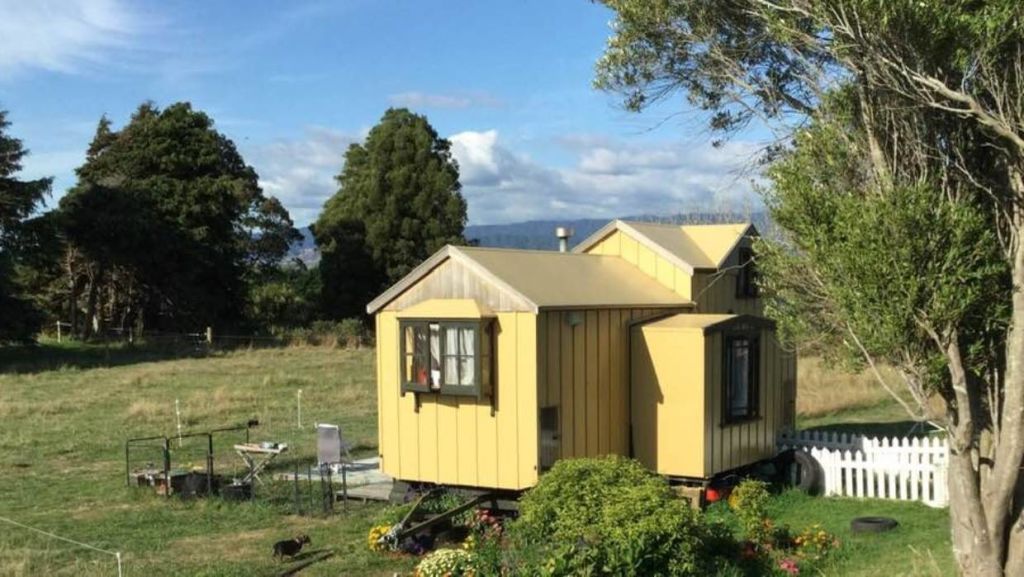
Go for the low-hanging fruit first, then downsize in stages
This lesson I learned in tackling my collection of books, which I’d long believed would be the hardest thing to downsize. I did it in stages.
Stage 1 consisted of books that outright embarrassed me to see on my shelves – the copy of Teach Yourself Swedish that I bought at age 17, the impulse-bought joke collections, the superseded university textbooks. Straight to the Dump box!
Stage 2 was the philanthropy stage – a few dozen books I’d collected about my profession of journalism. These I boxed and delivered to the journalism school.
Stage 3 was the revenue stage – the books I thought I could sell. These I took to secondhand-book shops, some of which haughtily disdained my collection but one of which wanted almost the lot and paid me several hundred dollars for them. It pays to shop around!
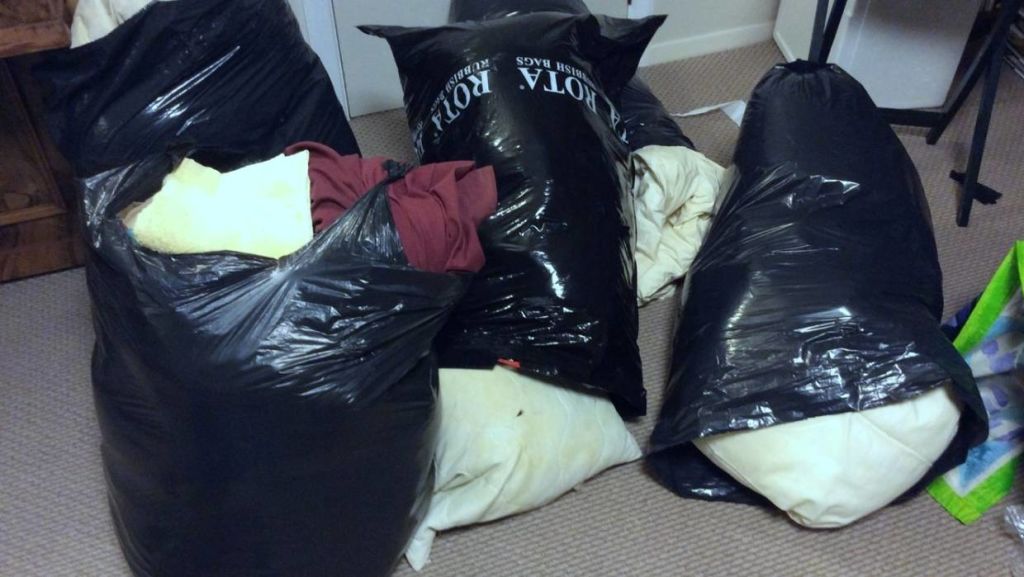
It was now getting easier.
Stage 4 was offering my Facebook friends the chance to visit me and leave with at least one book from my shelves. I thought it was a pretty good deal but only one person came, so meh.
Stage 5 was the charity-offload stage. All remaining books went to charity shops, with the delivery sweetened by the inclusion of more saleable items such as a microwave oven or a crock pot.
I was left only with books I treasured, such as author-signed copies. These amounted to two boxes.
So you think you couldn’t ever part with your books or some other longstanding collection? I’m here to tell you it’s possible.
Remember technology
I used to have not only a room lined with books but hundreds of CDs and a DVD and Blu-ray collection.
In 2019, I need none of these. Not with an e-reader and a couple of streaming services.
This story originally appeared on stuff.co.nz
We recommend
States
Capital Cities
Capital Cities - Rentals
Popular Areas
Allhomes
More
- © 2025, CoStar Group Inc.
